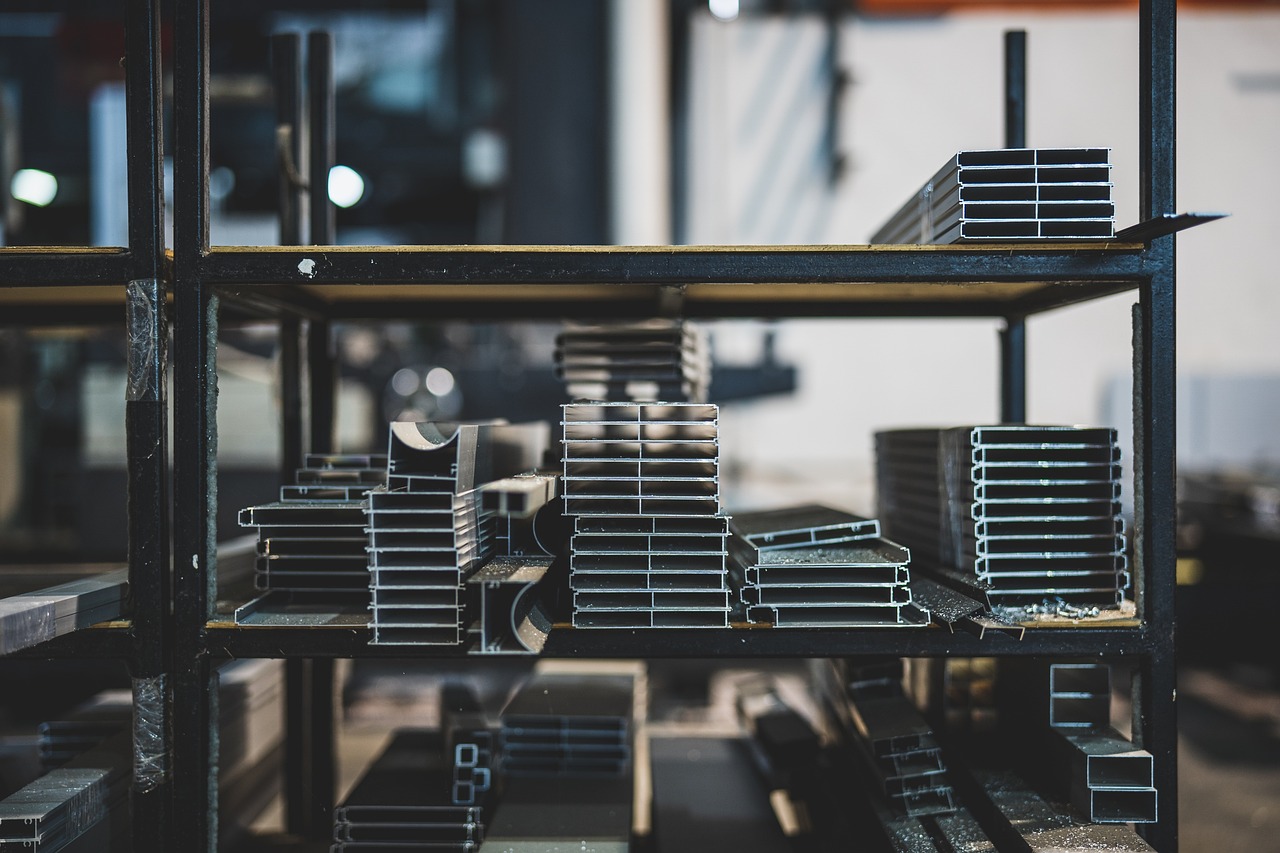When embarking on a construction project, one of the most crucial decisions you’ll face is selecting the right material. The choice between steel and aluminium is not just a matter of preference; it directly impacts the structural integrity, durability, and long-term performance of your building. At Metro Steel, we understand the importance of making the right choice. With years of experience in providing high-quality steel products, we are committed to helping you navigate this decision with confidence. In this article, we’ll dive into a comprehensive comparison between steel and aluminium, shedding light on the strengths and weaknesses of each material.
Understanding the Basics: Steel vs. Aluminium
Steel and aluminium are both popular choices in the construction industry, each with its unique properties. Steel is renowned for its exceptional strength and durability, making it the go-to material for projects that require robust structural support. On the other hand, aluminium is celebrated for its lightweight nature and resistance to corrosion, which makes it ideal for projects where reducing weight is a priority.
Key Factors to Consider: Making the Right Material Choice for Your Construction Project
When choosing the right material for your construction project, several key factors must be carefully evaluated. The decision between steel and aluminium hinges on understanding how each material’s properties align with your project’s specific needs. Below, we delve into the most critical aspects that should guide your choice, ensuring that your construction is both efficient and durable.
1. Strength and Durability: Which Material Holds Up Better?
When it comes to strength and durability, steel is the clear winner. Steel can withstand immense pressure and is less likely to warp or bend under heavy loads. This makes it an excellent choice for projects that require structural integrity, such as skyscrapers, bridges, and industrial buildings. The high tensile strength of steel ensures that your construction will stand the test of time, even under extreme conditions.
However, aluminium also has its advantages. While it may not match the raw strength of steel, aluminium is still strong enough for many applications, particularly in projects where weight reduction is crucial. Aluminium’s resistance to rust and corrosion adds to its durability, especially in environments where moisture or chemicals are present. This makes it a viable option for certain types of construction, such as in marine settings or where aesthetics and weight are more critical than sheer strength.
2. Weight Considerations: When is Aluminium a Better Choice?
In situations where weight is a significant concern, aluminium often takes the lead. Its lightweight nature can be a substantial advantage, especially in projects where the load needs to be minimised. For example, in aerospace or transportation projects, reducing weight can lead to better fuel efficiency and lower operational costs. Additionally, aluminium’s lightness can simplify transportation, handling, and installation, reducing the overall costs and time associated with these processes.
That said, the choice between steel and aluminium isn’t always straightforward. While aluminium may reduce weight, steel’s superior strength can sometimes compensate for its heaviness, allowing for thinner and lighter steel structures that still meet the project’s requirements. Therefore, it’s essential to balance the benefits of aluminium’s lightness against the need for strength and stability.
3. Corrosion Resistance and Maintenance: Which Material Lasts Longer?
Corrosion resistance is a critical factor in determining the longevity of a material in construction. Aluminium is naturally resistant to corrosion, which makes it an excellent choice for environments where exposure to moisture or chemicals is inevitable. This resistance reduces the need for frequent maintenance, saving both time and money in the long run.
In contrast, steel is susceptible to rust when exposed to moisture, particularly in coastal or industrial environments. However, with proper treatment and coatings, such as galvanization or the application of protective paints, steel can achieve a level of corrosion resistance that extends its lifespan significantly. Maintenance for steel structures, while necessary, can be managed effectively with regular inspections and timely interventions, ensuring the material’s durability over time.
4. Cost Comparison: Balancing Initial Investment with Long-Term Value
The cost of materials is often a determining factor in construction projects. Generally, aluminium is more expensive than steel due to the complex processes involved in its extraction and manufacturing. However, aluminium’s lower weight can reduce transportation and installation costs, potentially offsetting its higher initial price.
Steel, on the other hand, is typically more cost-effective in terms of raw material price. Moreover, steel’s long-term value can surpass that of aluminium when considering factors such as structural strength, longevity, and load-bearing capacity. While the upfront cost of steel may be lower, the overall savings can be significant, especially in large-scale projects where durability and minimal maintenance are paramount.
5. Sustainability and Environmental Impact: Which is the Greener Choice?
In today’s construction industry, sustainability is more important than ever. Both steel and aluminium offer advantages in terms of environmental impact, but they differ in key areas. Steel is highly recyclable and can be reused without losing its properties, making it an eco-friendly choice for many projects. Additionally, advancements in steel production have led to reduced energy consumption and lower carbon emissions, further enhancing its green credentials.
Aluminium is also recyclable and is known for its relatively low environmental footprint during the recycling process. However, the production of primary aluminium is energy-intensive, which can offset some of its sustainability benefits. When considering the sustainability of your construction project, it’s crucial to weigh the energy consumption of production against the recyclability and long-term benefits of each material.
Steel vs. Aluminium: Which is Better for Your Construction Project? – Metro Steel’s Expert Insight
Both steel and aluminium have their distinct advantages and drawbacks, and the best choice for your construction project will depend on a variety of factors. Strength, weight, corrosion resistance, cost, and sustainability all play a role in determining which material is more suitable for your specific needs. Whether you opt for the robustness of steel or the lightweight benefits of aluminium, making an informed choice is crucial for the success of your project.
At Metro Steel, we pride ourselves on providing high-quality steel products and expert advice to help our clients achieve the best outcomes for their construction projects. Whether you’re still weighing your options or ready to proceed, our team is here to assist you in every step of the process. Contact Metro Steel today to learn more about how we can help you make the best choice for your next construction project.
 Talk to an Expert (07) 3204 1000
Talk to an Expert (07) 3204 1000 Working Hours - Mon – Fri 7:00 AM – 4:00 PM
Working Hours - Mon – Fri 7:00 AM – 4:00 PM
